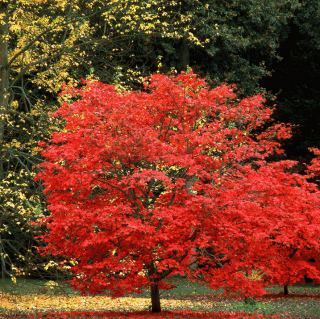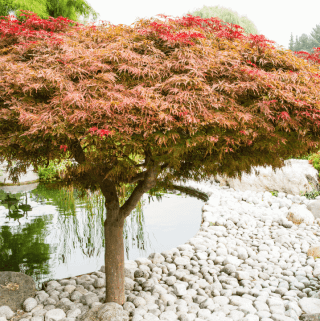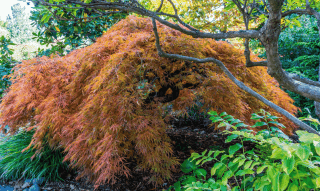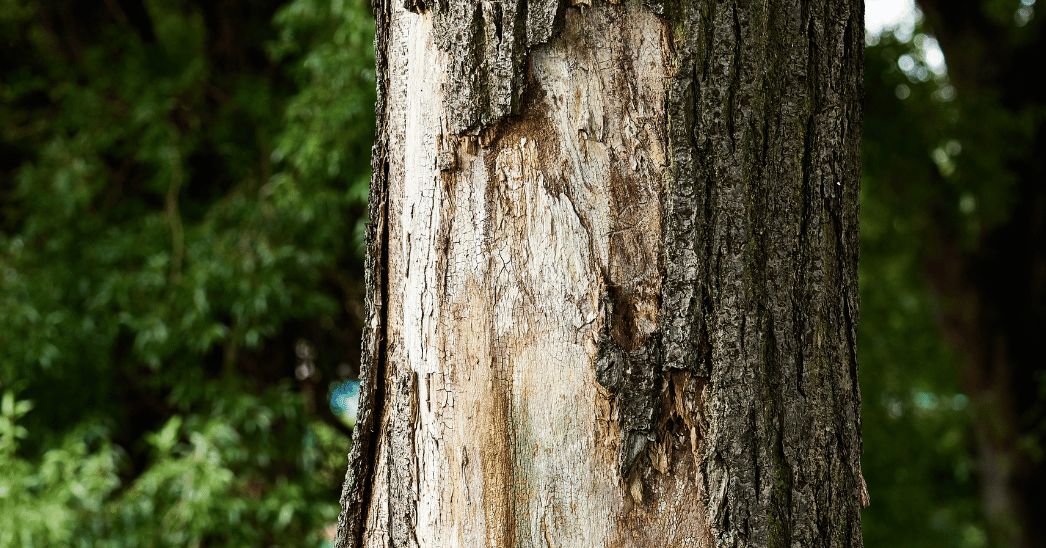Japanese maples, known for their delicate leaves and vibrant colors, are prized by garden enthusiasts worldwide. Proper pruning is essential to maintain the health and aesthetics of these beautiful trees. In this comprehensive guide, brought to you by Strobert Tree Services, we'll explore the ins and outs of pruning your Japanese maple, including when to prune, how far back you can cut, and the importance of regular pruning for tree health. Let's get started.
When Should a Japanese Maple be Pruned?
Pruning your Japanese maple at the right time is crucial to its well-being. The ideal time to prune depends on your Japanese maple type: upright or laceleaf.
Upright Japanese Maples
The best time to prune upright Japanese maples is winter or spring before new growth begins. Pruning at this time allows you to shape the tree, remove dead or diseased branches, and thin out crowded areas. It's essential to prune before the tree starts producing leaves to minimize stress and encourage healthy growth.

Laceleaf Japanese Maples
Laceleaf Japanese maples, with their intricate and delicate foliage, have a slightly different pruning schedule. It's best to prune laceleaf Japanese maples during late winter or early spring. Still, you can also perform light pruning in the summer to remove any unwanted growth or damaged leaves. Be cautious when pruning in the summer, as these trees are more sensitive to stress during this season.

How Far Back Can You Cut a Japanese Maple?
One of the common questions about pruning Japanese maples is how far back you can safely cut the branches. The answer depends on the specific circumstances, but here are some general guidelines to follow:
- Remove Dead or Diseased Branches: You can safely prune dead or diseased branches back to the main stem or a healthy lateral branch. Make sure to cut just outside the branch collar, the slightly swollen area where the branch meets the main trunk.
- Thinning Out Branches: When thinning out branches for better air circulation and light penetration, it's advisable not to remove more than one-third of the tree's branches in a single season. This prevents excessive stress on the tree.
- Shaping and Reducing Size: If you want to shape your Japanese maple or reduce its size, it's best to do this gradually over several years. Removing more than one-third of the canopy at once can shock the tree. Make your cuts just above a lateral branch or bud to encourage new growth in the desired direction.
Why Regular Tree Pruning is Important?
Pruning is not just about aesthetics; it's also crucial for your Japanese maple's overall health and longevity. Regular pruning offers several benefits:
- Improved Air Circulation: Thinning out branches allows for better air circulation, reducing the risk of fungal diseases and promoting overall tree health.
- Enhanced Sunlight Exposure: Pruning helps sunlight reach the inner branches of the tree, which is essential for photosynthesis and healthy growth.
- Removal of Dead or Diseased Branches: Pruning removes dead or diseased branches, preventing the spread of diseases and potential hazards.
- Shape and Structure: Pruning can help shape the tree and improve its structural integrity, reducing the risk of branches breaking during storms.
How Do I Keep My Japanese Maple Healthy?
In addition to regular pruning, there are other steps you can take to ensure the health of your Japanese maple:
- Proper Watering: Japanese maples prefer moist, well-drained soil. Ensure they receive consistent watering, especially during dry spells.
- Mulching: Apply a layer of organic mulch around the tree's base to retain moisture and regulate soil temperature.
- Fertilization: Fertilize your Japanese maple in the spring with a balanced, slow-release fertilizer to provide essential nutrients.
- Pest and Disease Control: Regularly inspect your tree for signs of pests or diseases and take appropriate action if necessary.
- Protection from Extreme Conditions: Protect your tree from harsh winter winds and excessive summer heat to prevent stress.
Do I Need to Winterize My Japanese Maple?
Winterizing your Japanese maple is essential, especially in colder climates. Here are some tips for winter care:
- Mulch: Apply a layer of mulch around the tree's base to insulate the roots and protect them from freezing temperatures.
- Wrap the Trunk: Use tree wrap or burlap to wrap the trunk, shielding it from sunscald and frost cracks.
- Pruning: Avoid heavy pruning in the fall, as this can stimulate new growth that may only have time to harden off after winter.
- Watering: Ensure your tree is adequately hydrated going into the winter months.
- Protection from Heavy Snow: Shake off heavy snow accumulation to prevent branches from breaking.
Contact Strobert Tree Services - Leaders in Tree Care in Delaware
For expert tree care, including pruning and maintenance of your Japanese maple, contact Strobert Tree Services. With years of experience and a team of dedicated professionals, we provide top-quality tree care services in Delaware. Ensure the health and beauty of your Japanese maple by entrusting it to the experts at Strobert Tree Services. Contact us today for all your tree care needs.











